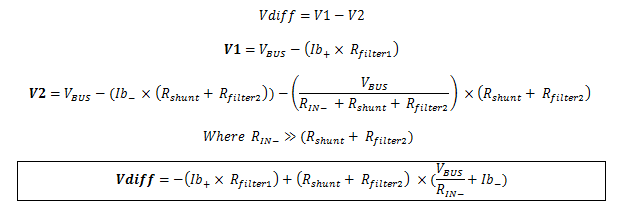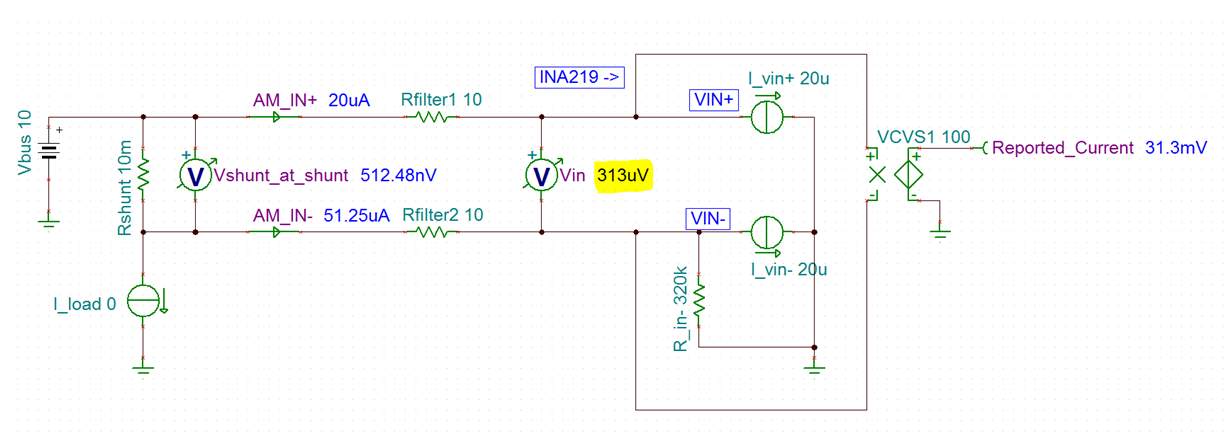Other Parts Discussed in Thread: INA219, INA231, INA230, INA226, INA220
Some power monitors contain "input bias current || input impedance" specifications. How do these properties affect design and implementation of these devices? Some of these devices include INA3221 and INA219.






